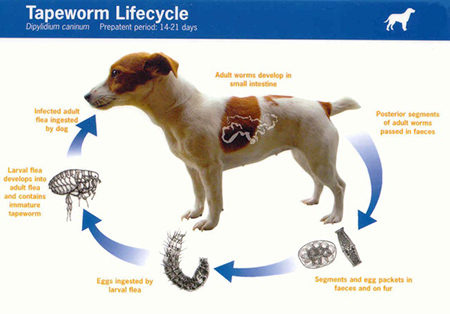


Pinworms are not hazardous, but they should be addressed. It can happen immediately, such as when your dirty fingers come into contact with your mouth or foodstuff.įor children, this is common in playgrounds at parks or crèches.įor example, when children play in the garden, they may accidentally pick up pathogenic pinworm larvae on their palms, which they subsequently swallow. Pinworms are transmitted from fingers or hands to the mouth. However, they are prevalent, curable, and innocuous. Sure, they’re nasty, and they could set off your “weirded out” alarms. It is a common infection that bugs people worldwide and can happen to anybody irrespective of age.ĭon’t be alarmed if you have pinworms. They’re slender and pale, roughly a 1/4 to a half an inch long – about the length of a nail.Īccording to the Disease control And Prevention Center, pinworm infections, often referred to as enterobiasis, are the most frequent worm infection in the United States. Pinworms are also referred to as “threadworms.” They are the most frequent parasitic intestinal infection in the United States and most prevalent worldwide. This is a nematode worm that is a parasite of the small intestines of numerous animals.Įnterobius vermicularis, nematode, parasite, parasitic, pinworm, roundworm, threadworm, worm What Exactly Are Pinworms? Roundworm (pinworm) Enterobius vermicularis. Current Page Parent SPECIES Toggle Child Menu.What Worms Eat & What to Feed Them Toggle Child Menu.DIY Worm Farm – Here’s How You Can Build One Yourself.Lime For Worm Farm – How Much to Add & the Different Types.Dead Worms in Worm Farm – Why? (The Fix!).

#Tape worms how to#
Worm Farming for Profit – How to Start a Worm Farm Business (Is it Even Profitable?).Reinfection can occur if the sources of infection (fleas, rodents) are not managed.įlea control and prevention is essential to avoid tapeworm infections and prevent reinfections. Tapeworm infections are generally simple to treat and resolve easily. This is more likely to occur with young children. Humans do not directly contract tapeworm from dogs, but they could get it from ingesting a flea from the dog. Monthly dewormer (typically in combination with heartworm preventative) will help prevent reinfection. (Common brand names include Drontal, Drontal Plus, Droncit, etc.)įlea control: This involves treating all pets in the household with routine flea preventatives (such as collars, topicals or oral chews), in addition to treating the environment within the home and yard. It is commonly given once as a tablet but is also available as an injection and topical formulation. Praziquantel is a deworming medication used to treat tapeworm infections. Segments seen near a dog’s anus or in their bedding (about the size of a grain of rice) - these segments may be white and moving, or dried out and yellowĭirect observation of the segment in stool or in the fur around a dog’s anusįecal testing may find tapeworm eggs, but can often miss an active tapeworm infection since shedding eggs in the stool may only occur periodically Segments periodically break off in the intestine and pass through the dog’s feces, which is when they become visible to owners.ĭog scooting or dragging their hind end to relieve itchiness Tapeworms attach themselves to the lining of the dog’s gut in order to feed off the nutrients inside their intestines. Fleas and rodents ingest tapeworm eggs found in the environment, which then hatch into larvae and live inside of them.Īfter a dog ingests a flea or rodent carrying the tapeworm larvae, adult tapeworms develop and live in their small intestines. Tapeworms are long parasites made up of multiple segments, each containing many tapeworm eggs. Dogs can also get a different kind of tapeworm (Taenia spp.) from eating rodents that carry tapeworm larvae (an immature form of the parasite). The most common (Dipylidium caninum) is spread by ingesting a flea. There are a few species of tapeworms that can infect dogs. Treatment involves deworming medication, as well as managing flea and rodent exposure. Unlike many other parasites that dogs can get from exposure to an infected dog’s feces, dogs only become infected with tapeworms by ingesting a flea or rodent carrying a tapeworm. The segments can look like grains of rice, and they are passed through an infected dog's feces, where they may be seen in the stool, the fur around the dog’s anus or in their bedding. They are long, flat and segmented parasites. Tapeworms are a common intestinal parasite that can affect dogs.


 0 kommentar(er)
0 kommentar(er)
